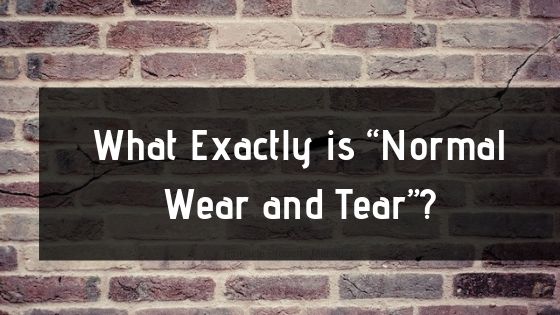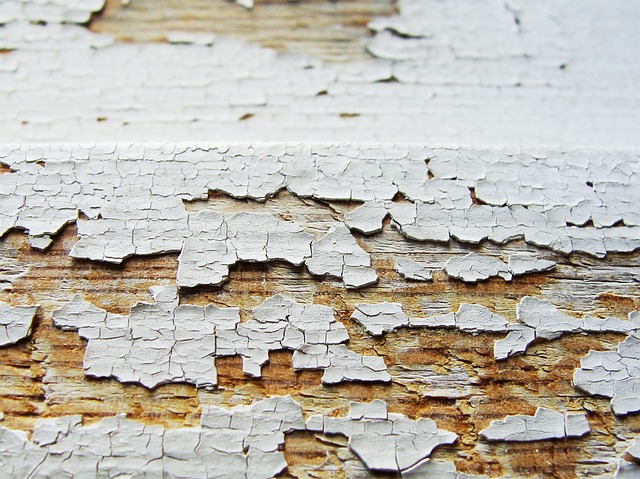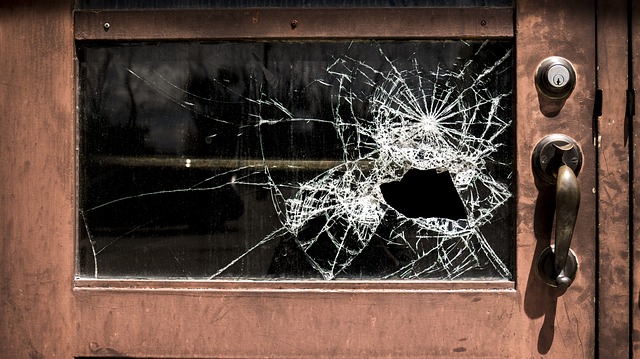
Most if not all landlords collect security deposits upon signing the lease agreement to ensure that tenants leave the property in the same condition as it was when they moved in. A security deposit is collected when a new tenant moves in to cover the repairs that are considered to be beyond "normal wear and tear".
What exactly is “normal wear and tear”?
How is it different from damage?
Many tenants and landlords have the same questions when it comes to making deductions from the tenant's security deposit. They have their own definition of what it is and it often leads to disagreements and conflict.
As a result, the definition should be clearly defined in the lease agreement. There should be no room for assumptions as they can result in conflict between you and your tenant.
What Is Normal Wear and Tear?
Generally, there are two types. The first one is caused by reasonable use and the other type is the above reasonable use caused by the tenant.
How does this apply to the maintenance of your Torrance, California property?
For example, a hole in the kitchen wall is not considered to be normal wear and tear. Nor are broken windows.
The tenant cannot be charged for the following normal wear and tear:
- Paint fading or chipping from furniture being pushed against it or small holes or marks on the walls - It is normal for tenants to have their furniture against the walls.

- Faded or worn-out carpeting or flooring or showing a trail from the paths - It is normal for the carpet to wear out after constant use. This is also true for scuffed up wood floors.
- Plumbing starting to drip or leak or fittings and washers wearing out - It is normal for things to leak occasionally as well as to have dirty grout or tiles. However, a stain on the ceiling from an overflowed bath is not normal wear and tear.
- Older appliances and fixtures wearing out or breaking down - Every appliance or item has a lifespan and it is normal for these to eventually stop working or break.
However, the following scenarios are not considered normal damage, and the tenant's security deposit will be used to fix them:
- Scribbles, drawings, and scratches all over the walls
- Ripped or marked-up wallpaper
- Badly scratched or gouged floors
- Wine stains on the carpet, iron burns on hardwood, and broken tiles
- Cracked toilet tanks or broken toilet seats
- Doors or windows coming off their hinges or are broken
- Stain on the ceiling from an overflowed bath
- Broken or missing handles or locks
- Urine or pet odor throughout the property
These instances are damages that are the tenants' fault.
Normal wear and tear is deterioration that occurs based upon the use for which the item is intended. Furthermore, negligence, carelessness, accidents, abuse, or intentional damage to the premises or equipment is not.
When Is It Considered Damage?
When something is considering damaged, disagreements often occur between the landlord and tenant.

Before signing the lease, both the landlord and the tenant should inspect the property. They should both pay close attention to the section in the lease agreement talking about the return of the security deposit and be in agreement with it before it is signed.
Returning the Security Deposit
Determining whether or not to return the security deposit to the tenant at the end of a lease can be difficult because it is left for interpretation.
Disputes can be minimized, however. The landlord needs to give valid reasons why the damage is not considered normal wear and tear.
This is where a solid lease agreement will come in handy. It would clearly outline the differences between normal wear and tear and accidental or intentional damages. It would also indicate the state of the property when the tenant moved in to compare it to when he or she moved out.
Experienced landlords in Torrance, California know the importance of setting expectations on how their property should be returned and how tenants can expect to get their security deposit refunded to them. It avoids potential misunderstandings and arguments between you and your tenants, keeping the relationship strong.







